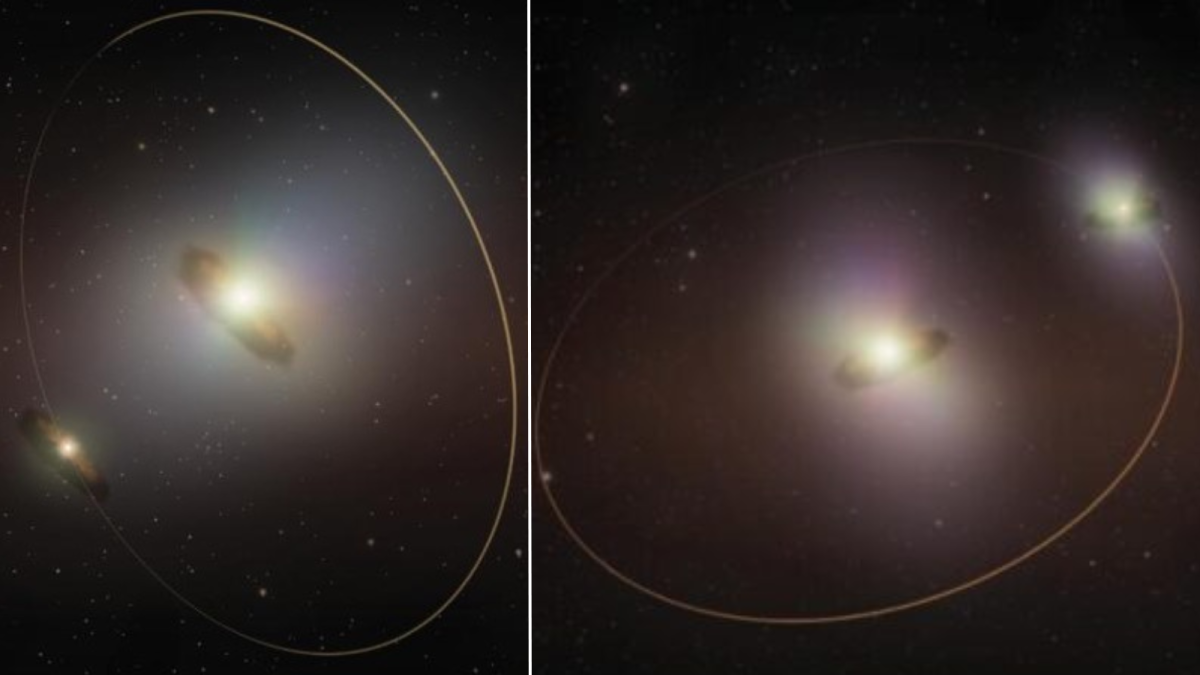NASA says that Gliese 12 b, about 40 light years away, could help researchers understand the habitability of other planets across the galaxy
NASA announced the discovery of a planet 40 light years from Earth that orbits every 12.8 days and is possibly even habitable.
Gliese 12 b is a “super Earth exoplanet” that is nearly the same size as Earth or slightly smaller, according to a NASA news release. Exoplanets are planets outside of our solar system, NASA’s website says.
“We’ve found the nearest, transiting, temperate, Earth-size world located to date,” Masayuki Kuzuhara, a project assistant professor at the Astrobiology Center in Tokyo, said in a statement. “Although we don’t yet know whether it possesses an atmosphere, we’ve been thinking of it as an exo-Venus, with similar size and energy received from its star as our planetary neighbor in the solar system.”
The planet orbits a so-called cool red dwarf star called Gliese 12, according to NASA. Gliese 12 is only about 27% of the sun’s size, with about 60% of the sun’s surface temperature, NASA said.
Under the assumption that the planet has no atmosphere, NASA astronomers believe it has a surface temperature around 107 degrees Fahrenheit.
Red dwarf stars could be key to finding Earth-size planets
The extremely small sizes and masses of red dwarf stars make them ideal for finding Earth-size planets, according to NASA.
“A smaller star means greater dimming for each transit, and a lower mass means an orbiting planet can produce a greater wobble, known as ‘reflex motion,’ of the star,” the agency said. “These effects make smaller planets easier to detect.”
The “lower luminosities of red dwarf stars also make it easier to determine if the planets that orbit them are habitable and have liquid water on their surfaces, according to NASA.
NASA researchers ‘need more examples like Gliese 12 b’
The distance separating Gliese 12 and Gliese 12 b is just 7% of the distance between Earth and the sun, NASA said. The planet receives 1.6 times more energy from its star than Earth does from the sun.
“Gliese 12 b represents one of the best targets to study whether Earth-size planets orbiting cool stars can retain their atmospheres, a crucial step to advance our understanding of habitability on planets across our galaxy,” Shishir Dholakia, a doctoral student at the Centre for Astrophysics at the University of Southern Queensland in Australia, said in a statement.
Researchers intend to study Gliese 12 b and other similar planets because they could help “unlock some aspects” of our solar system’s evolution, according to NASA.
“We know of only a handful of temperate planets similar to Earth that are both close enough to us and meet other criteria needed for this kind of study, called transmission spectroscopy, using current facilities,” Michael McElwain, a research astrophysicist at NASA’s Goddard Space Flight Center in Greenbelt, Maryland, said in a statement. “To better understand the diversity of atmospheres and evolutionary outcomes for these planets, we need more examples like Gliese 12 b.”

Dr. Sarah Adams is a scientist and science communicator who makes complex topics accessible to all. Her articles explore breakthroughs in various scientific disciplines, from space exploration to cutting-edge research.







